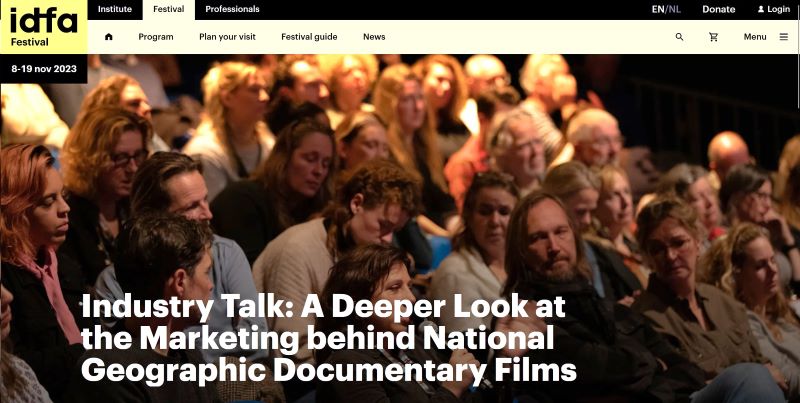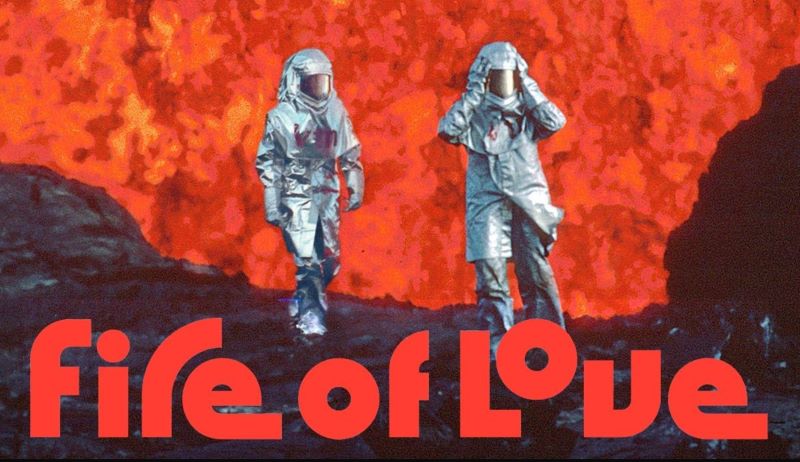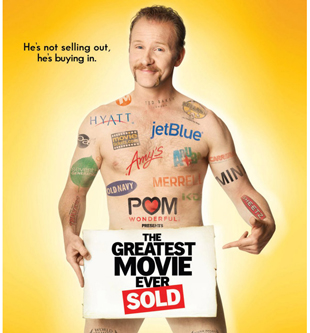
The best use of a shoestring $20,000 marketing campaign for a documentary is a website to promote creative elements and serve as a permanent beacon, says documentary maven Chris Albert. Followed by film festival outreach in order to target opinion leaders,
“I’d spend about $1,500 on a very rudimentary website where the film could live so when I meet people I can send them on their way to watch it,” Albert told a seminar at documentary festival IDFA earlier this month. “A website with simple press notes, filmmaker bio and the film. You can do that very inexpensively.”
Albert, who is National Geographic executive vice president, marketing and communications, says that channeling the remainder on festival promotion aims to interest pockets of elites in the documentary’s area of focus. “I would spend the entire rest of the budget on travel, going to festivals, meeting people, finding your advocates and the people who love your film so they can then start going out telling their network. Because if you get the right people to see it, you will achieve success.” The Variety article is written by Rafa Sales Ross.

National Geographic is the 134-year-old nonprofit devoted to science, exploration, wildlife, education and storytelling; its documentary unit produced Oscar and Emmy winners. Its Sundance film fest-honored “Fire of Love” (pictured) docu is about husband-and-wife scientists killed by a volcano whose lava they are studying. Walt Disney Studios is partnered with National Geo.
In film marketing, a takeaway from the low-budget campaign ideas is that publicity is the best bet, because $20,000 won’t buy much paid media such as TV commercials. Documentaries rely heavily on affinity groups such as arts fans for a film about dance or environmental groups for a documentary about man-made pollution. Marketing to the small elite circle of opinion leaders in a topic is also beneficial. If the elite latch on, the buzz gets magnified in media, because they are influential.
Such films appeal to specialized audiences, so the upside for a hit isn’t particularly high. But those specialized audiences are easy to identify and market to inexpensively through email campaigns, publicity in media and prerelease invited screenings.

“Specialty films or films that target a specific audience are ideal for group screenings,” film marketing executive Karen Gold MacLean says in the third edition of “Marketing To Moviegoers.” She booked group sales for the acclaimed sports movie “Hoop Dreams.”
MacLean says targeted groups can include seniors; religious entities, such as churches, Bible-study groups, Chabad, and choirs; youth groups, such as YMCAs/YWCAs; community centers; book groups; party planners; fraternal, professional, social, and civic organizations; arts groups; and, most important, schools, especially if the story in a film is part of the curriculum.
For “Hoop Dreams,” equipment outfit Nike and the magazine publisher for Sports Illustrated helped pay for group screenings. As a sponsorship, they printed educational literature: 110,000 study guides dubbed Play Books that were mailed to teachers and students. “Hoop Dreams” is about two young economically disadvantaged basketball players hoping for sports as a ticket to the good life.
Documentaries traditionally have been a backwater, given far fewer clicks as blockbuster movies. However, today is a new golden age of documentaries because video streamers such as Netflix embrace and spend heavily. The reason is such nonfiction programming is a good demographic fit with streamer subscriber bases and thought to be a catalyst for subscribers to continue monthly subscriptions.
Related content:
Leave a Reply